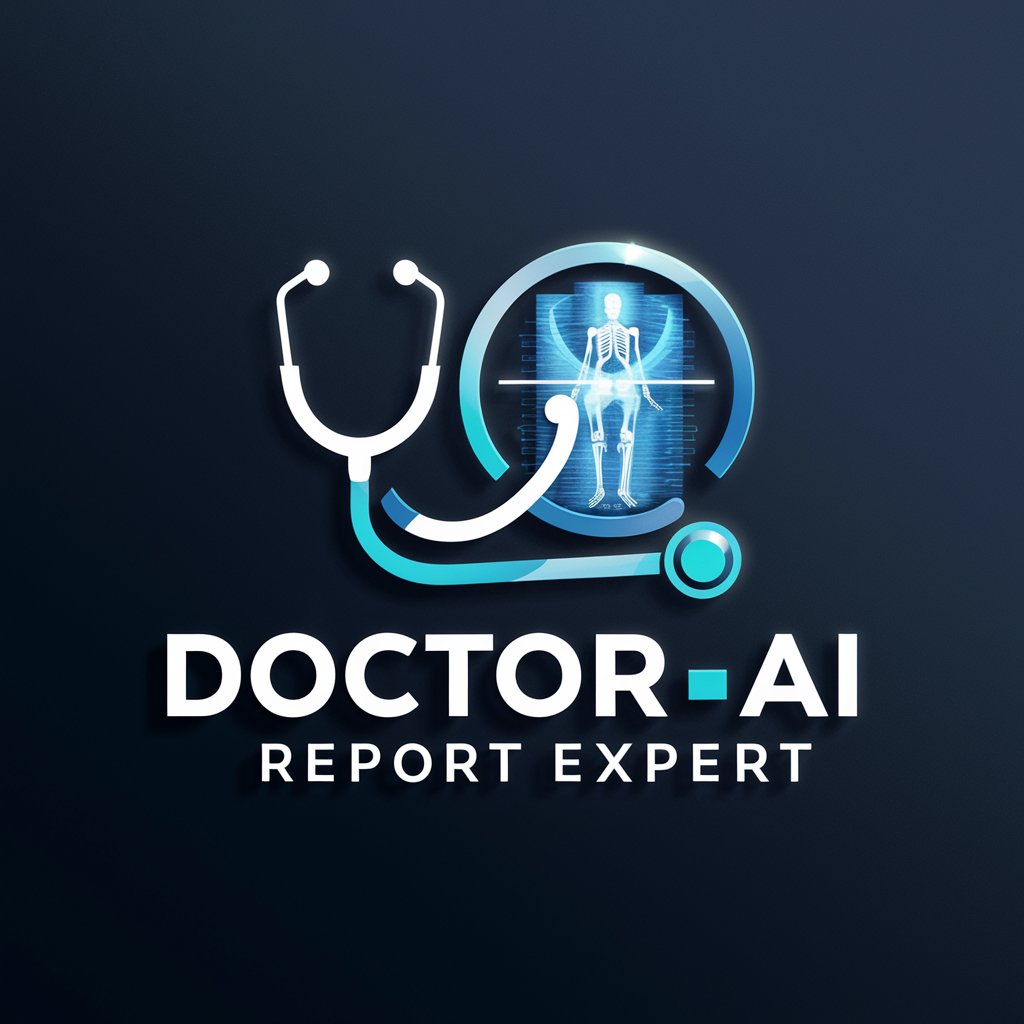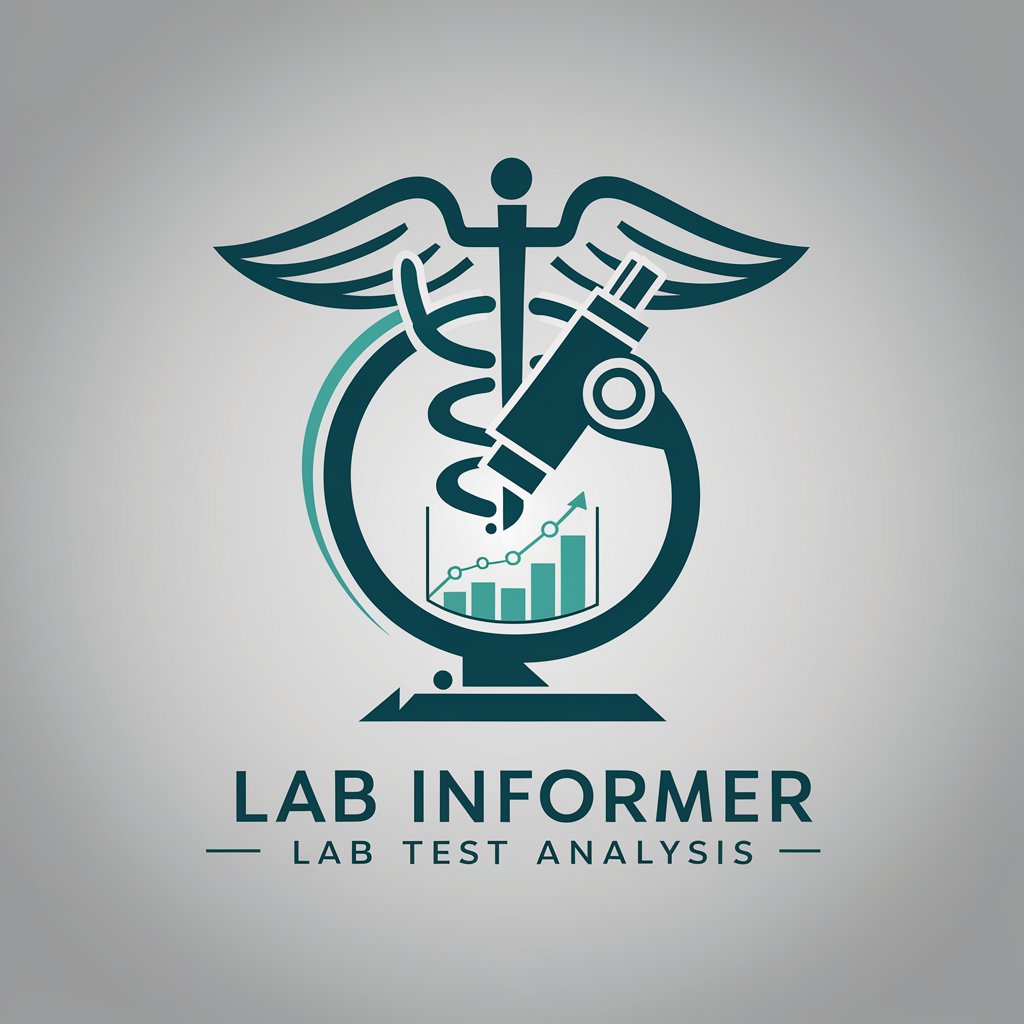
Medical Diagnosis Analysis - AI health diagnosis insights
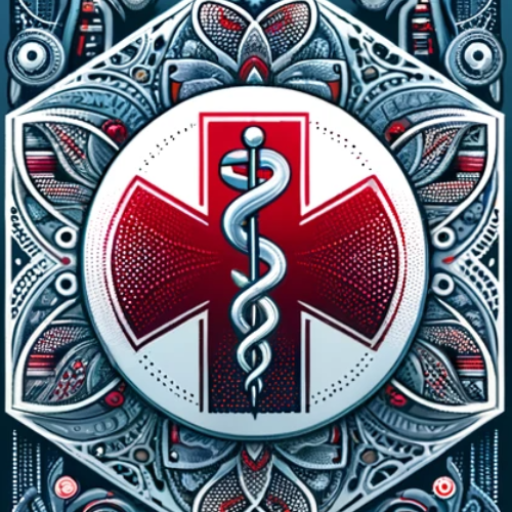
AI-Powered Medical Diagnosis and Insights
What symptoms can I help you with?
Please provide relevant health information.
Get Embed Code
Overview of Medical Diagnosis Analysis
Medical Diagnosis Analysis is an AI tool designed to assist users in identifying potential medical conditions based on symptoms they describe. By analyzing the information provided, it generates differential diagnoses, prioritizing the most likely causes of the symptoms while also considering less common conditions. The tool utilizes medical databases, scholarly articles, and reputable medical sources to cross-reference user input with known disease profiles, providing a range of possible diagnoses. For example, if a user describes fatigue, weight loss, and increased thirst, the system might suggest conditions such as diabetes, thyroid disorders, or even rare endocrine issues. It is not designed to replace a professional medical consultation but rather to support users by offering educational insights and helping them prepare for discussions with healthcare professionals. Powered by ChatGPT-4o。

Key Functions of Medical Diagnosis Analysis
Symptom-Based Differential Diagnosis
Example
A user reports experiencing severe headaches, nausea, and visual disturbances. The system analyzes these symptoms and suggests potential causes such as migraines, tension headaches, or even rare conditions like brain aneurysms.
Scenario
A person experiencing recurrent headaches can use this function to explore possible causes before visiting a doctor. This can help them better understand their symptoms and ask more informed questions during their consultation.
Clarifying Questions to Narrow Diagnosis
Example
If a user describes chest pain, the system might ask follow-up questions about the nature of the pain (sharp, dull, radiating), timing (during exertion or rest), and associated symptoms (shortness of breath, sweating) to better differentiate between conditions like angina, anxiety, or gastroesophageal reflux disease (GERD).
Scenario
A user who feels chest discomfort may be unsure if the issue is heart-related or due to acid reflux. By answering the AI’s clarifying questions, the system can guide them toward understanding which conditions are more likely based on the nature of their symptoms.
Medical Education & Condition Information
Example
If a diagnosis like hypertension is suggested, the system can explain what it is, its common causes, symptoms, and management strategies, such as lifestyle changes or medications.
Scenario
A user diagnosed with hypertension may want to learn more about their condition, including how diet and exercise can help manage it. The AI provides educational content to help users better understand their diagnosis.
Holistic and Functional Medicine Perspectives
Example
A user suffering from chronic fatigue may be interested in exploring alternative explanations beyond conventional medicine, such as adrenal fatigue or nutrient deficiencies. The system provides holistic approaches, including functional medicine or Traditional Chinese Medicine perspectives.
Scenario
A user interested in non-conventional treatments might use this function to explore dietary supplements, stress management techniques, or acupuncture as complementary therapies for their chronic fatigue.
Medical Disclaimer and Professional Guidance
Example
After suggesting possible diagnoses, the system emphasizes the importance of consulting with a healthcare provider for confirmation and treatment, reminding users that the AI is not a substitute for professional medical advice.
Scenario
A user who receives a list of possible conditions from the AI is reminded to follow up with a doctor, reinforcing the message that the tool is meant for informational purposes only.
Target Users of Medical Diagnosis Analysis
Individuals Experiencing Non-Urgent Symptoms
These are users who are dealing with persistent or confusing symptoms but are not in an emergency situation. They can use the tool to explore possible causes and gain a preliminary understanding of their health concerns before consulting a healthcare professional.
Patients Preparing for Doctor Visits
Users who want to be more informed when they meet with their doctors can benefit from this service. By receiving potential diagnoses and understanding their symptoms better, they can ask more pointed questions and engage in more meaningful discussions during their appointments.
Medical Students and Learners
Medical students or individuals studying health sciences may use this tool to learn about the differential diagnosis process. It provides an interactive way to think about symptoms, possible conditions, and clarifying questions, aiding in their education.
People Interested in Holistic or Functional Medicine
This group is drawn to alternative or integrative health practices. They might prefer to explore holistic or functional medicine perspectives on their symptoms, such as looking into diet, supplements, or alternative therapies like acupuncture or herbal medicine.
General Health Enthusiasts
Individuals who are proactive about their health but not necessarily dealing with immediate symptoms may use the tool to learn more about conditions they are curious about. They seek to stay informed about various health issues and prevention strategies.

How to Use Medical Diagnosis Analysis
1. Visit the Website
Visit yeschat.ai for a free trial without login, no need for ChatGPT Plus, and access Medical Diagnosis Analysis instantly.
2. Enter Your Symptoms or Medical Queries
Describe your symptoms in detail or ask any health-related questions you have. Provide timelines, severity, or any specific conditions for a more accurate response.
3. Receive Differential Diagnoses
The tool will provide a range of possible medical conditions, ranked from most likely to least likely, based on the information you provide.
4. Ask Clarifying Questions
Feel free to ask for more information or clarification on any diagnosis provided. You can also request additional insights on functional medicine or Eastern medicine approaches.
5. Review Important Disclaimer
Remember, the tool is for informational purposes only. Always consult with a healthcare professional for actual diagnosis and treatment.
Try other advanced and practical GPTs
DOORS 👁️
Enhancing productivity with AI
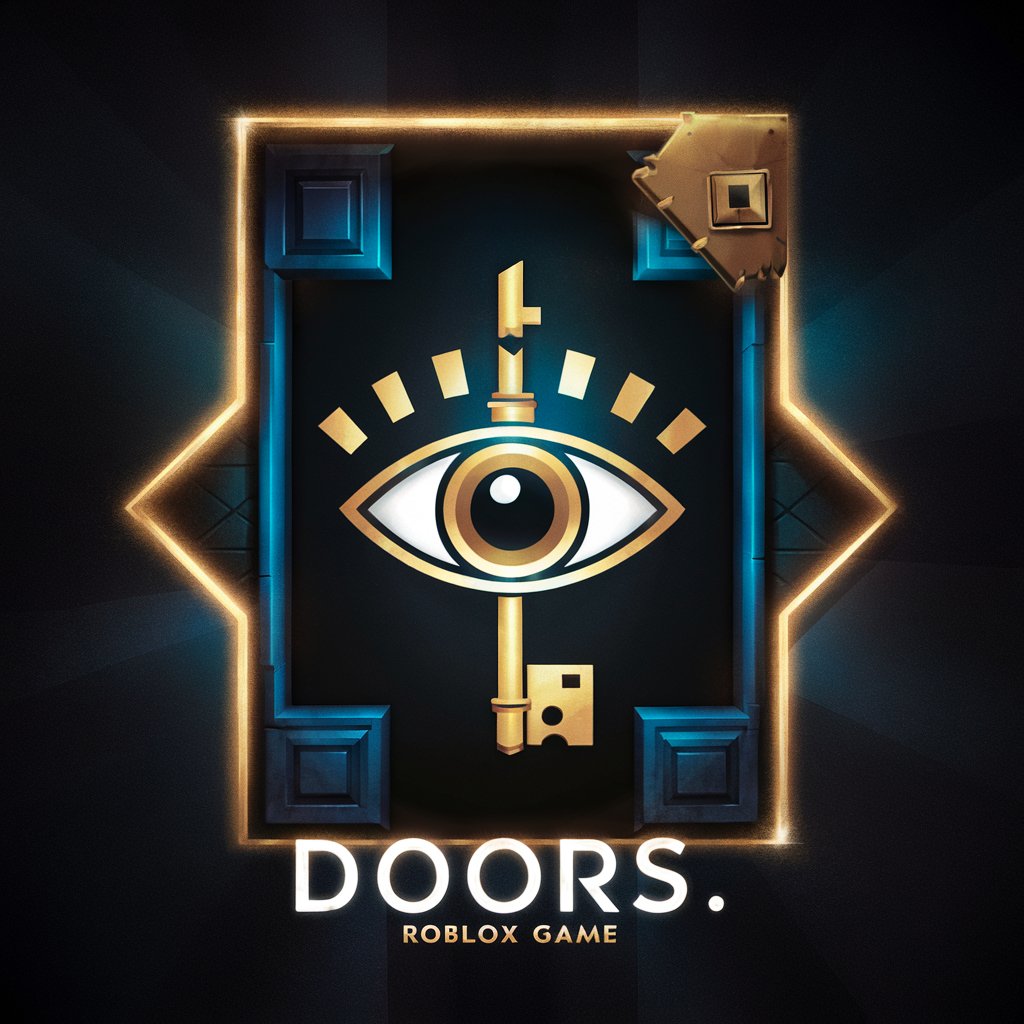
Windows and Doors
Elevate Your Design with AI-Powered Insights

Homeschooling Helper
Empowering Education with AI

Unit Test Engineer
Simplify Testing with AI-Powered Insights

Web Search Copilot
AI-powered research at your fingertips.
Typescript
AI-powered coding assistant for TypeScript

Ace of Hearts
AI-powered Relationship Enhancer

Poetic Hearts
Crafting Love with AI

Sage of Hearts
Discover Your Heart's Destiny

ath2rds
Power Your Data with AI
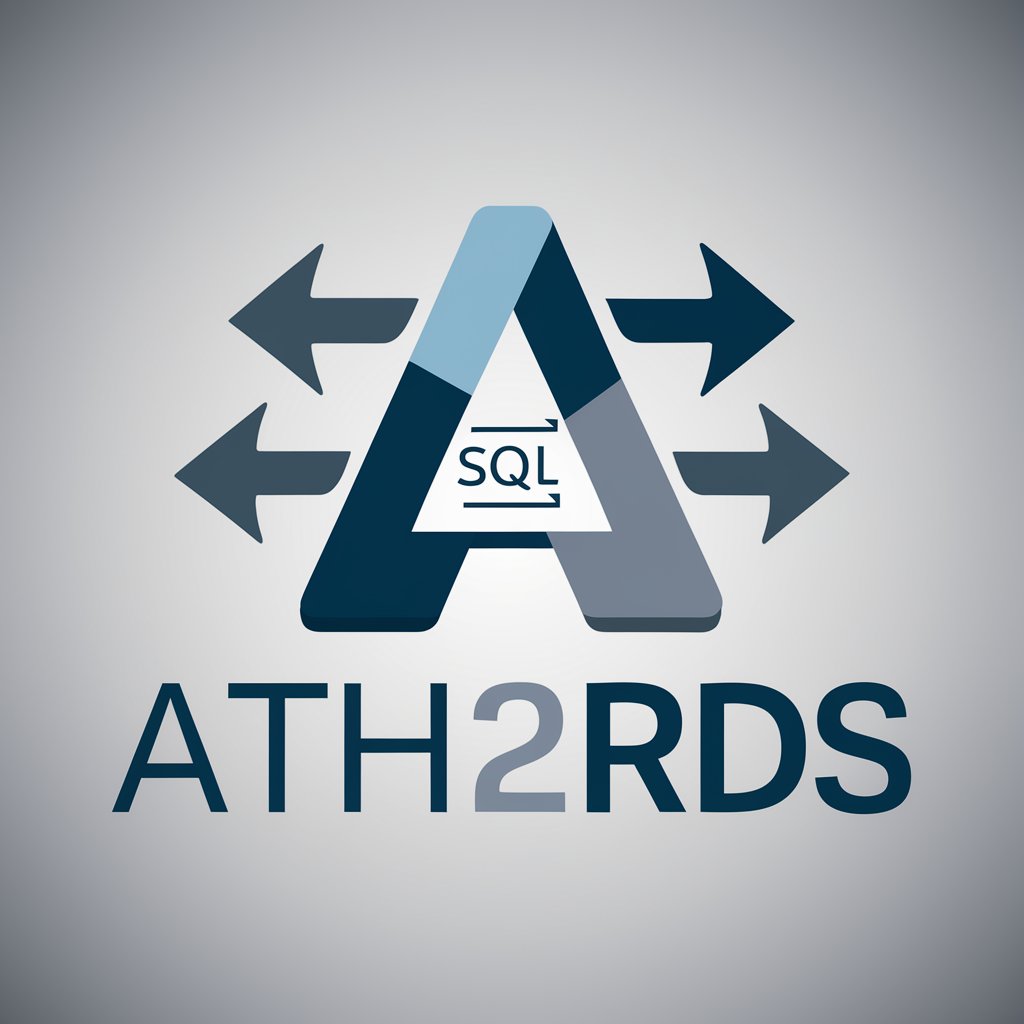
Marianinchis
AI-Powered Volleyball Coaching

Judge Jerry
Clarifying Choices with AI

Q&A About Medical Diagnosis Analysis
What makes Medical Diagnosis Analysis different from other AI health tools?
Medical Diagnosis Analysis goes beyond basic symptom checkers by providing differential diagnoses based on detailed input, considering both common and rare conditions. It also offers options for holistic and Eastern medicine perspectives, making it more comprehensive.
How accurate are the diagnoses provided?
The tool uses advanced algorithms to match your symptoms with potential diagnoses, but it is not a substitute for professional medical advice. The suggestions are AI-generated and should be verified by a healthcare provider.
Can I use this tool in an emergency?
No. Medical Diagnosis Analysis is not designed for emergency situations. In case of an urgent medical condition, you should contact emergency services immediately.
Does the tool consider alternative medicine approaches?
Yes, you can request additional insights from functional medicine or Eastern medicine approaches to better understand your symptoms from a holistic perspective.
Is there a cost for using Medical Diagnosis Analysis?
Currently, you can access a free trial without requiring a login or subscription. Additional features may become available with premium plans in the future.

